Home>Interior Design>Where Should Wall Lights Be Placed In A Living Room?
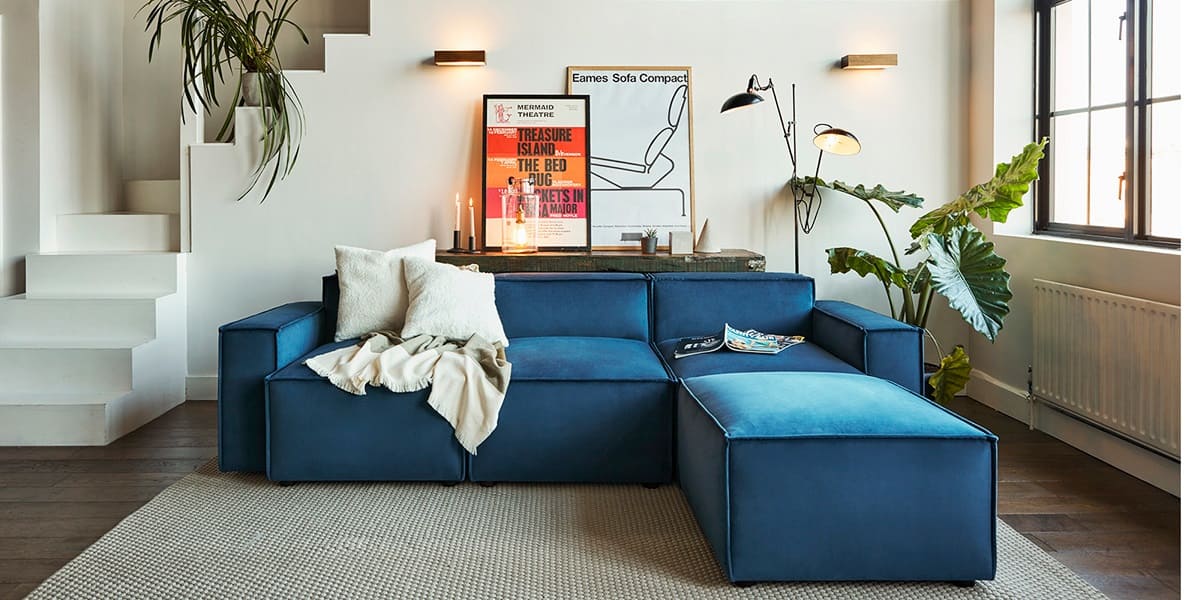

Interior Design
Where Should Wall Lights Be Placed In A Living Room?
Modified: March 25, 2024
Discover the best placement for wall lights in your living room and enhance the interior design with these expert tips.
(Many of the links in this article redirect to a specific reviewed product. Your purchase of these products through affiliate links helps to generate commission for Storables.com, at no extra cost. Learn more)
Introduction
Wall lights are an essential element in interior design, providing both functionality and aesthetic appeal to any living room. Proper placement of wall lights can create an atmosphere of warmth, enhance the overall ambiance, and highlight specific areas or features within the space. However, determining the ideal placement for wall lights can be a daunting task for many homeowners.
In this article, we will explore the factors to consider before placing wall lights in a living room and provide some tips and guidelines on the best placement options. Whether you are looking to add task lighting for reading, accent lighting for artwork, or general ambiance lighting, we’ve got you covered.
Before diving into the specifics of wall light placement, it’s crucial to consider the overall design and layout of your living room. Take into account the room’s size, shape, existing lighting fixtures, and furniture arrangement. By carefully evaluating these factors, you can create a cohesive and well-balanced lighting scheme.
Additionally, it’s essential to understand the purpose of wall lights in your living room. Are you aiming to create a cozy and intimate atmosphere, or do you need task lighting for specific activities? Determining the primary goal will help guide your placement decisions.
Now, let’s delve into the key factors to consider before placing wall lights in your living room.
Key Takeaways:
- Create a cohesive lighting scheme by considering factors like purpose, room layout, and style when placing wall lights in your living room. Achieve optimal visual appeal and functionality with strategic placement.
- Enhance specific areas in your living room, such as seating arrangements, entertainment centers, and dining areas, by addressing their unique lighting needs. Create a well-lit and inviting space with thoughtful wall light placement.
Read more: Where Should A TV Be Placed In A Living Room
Factors to Consider Before Placing Wall Lights
Before you start installing wall lights in your living room, there are several important factors to keep in mind. These factors will help you determine the optimal placement and ensure that the lighting enhances the overall design and functionality of the space.
1. Purpose and Function: Identify the specific purpose of the wall lights in your living room. Are they intended to provide task lighting, accentuate architectural features, or create ambient lighting? Understanding the function will guide you in selecting the appropriate type and placement of wall lights.
2. Room Layout: Consider the layout and flow of your living room. Take note of the placement of furniture, doorways, windows, and other architectural elements. This will help you visualize the areas that need additional lighting and determine the most effective placement for wall lights.
3. Balance and Symmetry: Achieving a balanced lighting design is crucial to ensure visual harmony in your living room. Consider the existing light sources, such as ceiling fixtures or floor lamps, and aim for a cohesive lighting scheme. Balancing wall lights on either side of a focal point or evenly distributing them across the room can create a pleasing aesthetic appeal.
4. Style and Design: Select wall lights that complement the overall style and design of your living room. Whether your space follows a modern, traditional, or eclectic aesthetic, choose fixtures that align with the existing decor. This will create a seamless integration of lighting and design elements.
5. Dimmer Controls: Incorporating dimmer controls for your wall lights allows you to adjust the intensity of the lighting according to your preference and the specific mood you want to create. This flexibility is especially useful for entertaining guests or creating a cozy atmosphere during movie nights.
6. Electric Wiring and Safety: Before installing wall lights, it’s essential to ensure that your living room has proper electrical wiring in place. Hiring a professional electrician can help ensure the safety and proper installation of the fixtures.
By considering these factors, you can effectively plan the placement of wall lights in your living room and create a well-lit and visually appealing space. Now, let’s explore the different options for wall light placement.
Placement Options for Wall Lights in a Living Room
There are several placement options to consider when it comes to installing wall lights in your living room. The choice depends on the specific needs and design elements of your space. Here are some popular placement options to consider:
1. Flanking a Focal Point: Wall lights can be placed on either side of a focal point in your living room, such as a fireplace, a large piece of artwork, or a TV. This placement creates a balanced and symmetrical look while highlighting the central feature.
2. Accenting Architectural Features: If your living room has unique architectural features like exposed brick walls, decorative columns, or textured surfaces, wall lights can be strategically placed to accentuate these elements. Install them above or beside the feature to create a dramatic effect.
3. Task Lighting: If you have specific areas in your living room where extra lighting is required for reading, studying, or other activities, wall lights can serve as task lighting. Install them near a comfortable reading nook, study desk, or beside a lounge chair for focused illumination.
4. Ambient Lighting: Wall lights can also be used to create a warm and inviting ambiance in your living room. Install them at regular intervals along the walls to provide a soft and diffused glow. This type of placement is ideal for creating a cozy atmosphere during gatherings or movie nights.
5. Artwork Illumination: If you have a collection of artwork or family photographs displayed on the walls, wall lights can be positioned above or below them to showcase the pieces. This creates a gallery-like effect and draws attention to the artwork.
6. Stairway Lighting: If your living room has a staircase, wall lights can be placed along the stairway walls to enhance safety and add a touch of elegance. Install them at regular intervals to provide sufficient lighting while creating a visually appealing look.
Remember, when selecting a placement option for your wall lights, consider the height of the fixture and the space available. Also, keep in mind the overall balance and symmetry of the room to ensure a cohesive design.
Next, let’s explore the recommended height for wall lights in a living room.
Wall lights in a living room should be placed at eye level when seated to provide even and comfortable lighting. They can be positioned on either side of a sofa or above a reading nook for optimal illumination.
Recommended Height for Wall Lights
The height at which you install your wall lights in a living room plays a crucial role in achieving optimal lighting and visual appeal. Here are some general guidelines for the recommended height of wall lights:
1. Eye-Level Placement: For wall lights used as task lighting or accent lighting, it’s generally recommended to install them at eye level. This ensures that the light is directed towards the desired area and minimizes harsh shadows. Eye-level placement is ideal for reading nooks, study areas, or beside seating arrangements where focused illumination is needed.
2. Symmetrical Balance: When using wall lights as decorative elements or for ambient lighting, it’s essential to achieve a balanced and symmetrical look. If you have multiple wall lights, ensure that they are installed at the same height for a cohesive design. This can be achieved by measuring and marking the desired height before installation.
3. Artwork Proportion: If you are positioning wall lights to highlight artwork or other wall decor, the height should be determined by the size and proportion of the piece. As a general rule of thumb, the center of the wall light should be approximately two-thirds of the distance between the top of the artwork and the ceiling.
4. Consider Furniture Placement: If you are installing wall lights above or beside furniture, consider the height and size of the furniture when determining the placement. You want to ensure that the light is not obstructed by tall pieces of furniture or hanging too low over shorter furniture.
5. Accessibility and Safety: While aesthetics and functionality are essential, it’s also crucial to consider the accessibility and safety of the wall lights. Make sure the lights are installed at a height where they can be easily reached for maintenance or bulb replacement. Additionally, ensure that the lights are positioned at a safe distance from any flammable materials or furniture.
It’s important to note that these are general guidelines, and the recommended height may vary depending on the specific design elements and preferences of your living room. Trust your own judgment and consider the overall visual balance and functionality when deciding on the height of your wall lights.
Now, let’s move on to explore some additional considerations for specific areas within the living room.
Considerations for Specific Areas in the Living Room
When placing wall lights in your living room, it’s important to consider the specific areas and their unique lighting needs. By addressing these specific areas, you can create a well-lit and functional space that enhances its overall appeal. Here are some considerations for different areas in the living room:
1. Seating Arrangements: The seating area in your living room is a central gathering space for relaxation and conversation. Consider installing wall lights on either side of a sofa or above armchairs to provide ample task lighting for reading or engaging in activities. Adjustable wall lights with swivel or swing arms can be particularly useful in this area.
2. Entertainment Center: If your living room includes an entertainment center with a TV or multimedia setup, consider placing wall lights on either side to reduce glare and provide a comfortable viewing experience. These lights can be angled towards the center to illuminate wall-mounted shelves or artwork surrounding the entertainment center.
3. Hallways and Entryways: Wall lights can be placed strategically in hallways and entryways to provide practical lighting while enhancing the visual appeal. Install wall lights at regular intervals to ensure adequate illumination and to create a welcoming ambiance. Consider positioning them at a height that aligns with eye level to maintain consistency throughout the space.
4. Dining Area: If your living room has a dining area or an adjoining open-plan space, wall lights can enhance the atmosphere and provide task lighting for meal times. Install wall lights on either side of a buffet or sideboard to create a visually appealing display and to ensure sufficient lighting during dinner parties or gatherings.
5. Home Bar or Beverage Station: If you have a dedicated home bar or beverage station in your living room, wall lights can be placed above or beside the area to create a stylish and functional space. Illuminate shelves or wall-mounted cabinets displaying glassware or bottles to highlight your collection and create a visually appealing focal point.
Remember to consider the specific activities and functionalities of these areas when placing wall lights. Think about the desired mood, the need for task lighting, and the overall aesthetic appeal. By addressing these considerations, you can create a well-designed and cohesive lighting scheme in your living room.
Now, let’s conclude the article.
Read more: Where To Place A Rug In A Living Room
Conclusion
Placing wall lights in your living room is a crucial aspect of interior design that can greatly enhance the functionality and aesthetics of the space. By considering various factors such as purpose, room layout, balance, style, and safety, you can determine the ideal placement for wall lights in your living room.
Whether you are looking to create task lighting, accentuate architectural features, or establish ambient lighting, there are numerous placement options to consider. Flanking a focal point, accenting architectural features, and providing task lighting are just a few examples of how wall lights can be strategically positioned in your living room.
When it comes to the height of wall lights, consider factors such as eye-level placement, symmetrical balance, artwork proportion, and furniture placement. These considerations will help you achieve optimal lighting and visual appeal.
Furthermore, don’t forget to cater to specific areas within your living room, such as seating arrangements, entertainment centers, hallways, dining areas, and home bars. By addressing the unique lighting needs of these areas, you can create a well-lit and inviting space.
Ultimately, the goal is to create a cohesive lighting scheme that enhances the overall ambiance and functionality of your living room. By considering these factors and following the recommended guidelines, you can achieve a well-designed lighting layout that complements your personal style and preferences.
Remember, it’s always a good idea to consult with a professional electrician or interior designer to ensure proper installation and optimal placement of wall lights in your living room.
So go ahead, explore the possibilities, and let your living room shine bright with the perfect placement of wall lights!
Frequently Asked Questions about Where Should Wall Lights Be Placed In A Living Room?
Was this page helpful?
At Storables.com, we guarantee accurate and reliable information. Our content, validated by Expert Board Contributors, is crafted following stringent Editorial Policies. We're committed to providing you with well-researched, expert-backed insights for all your informational needs.
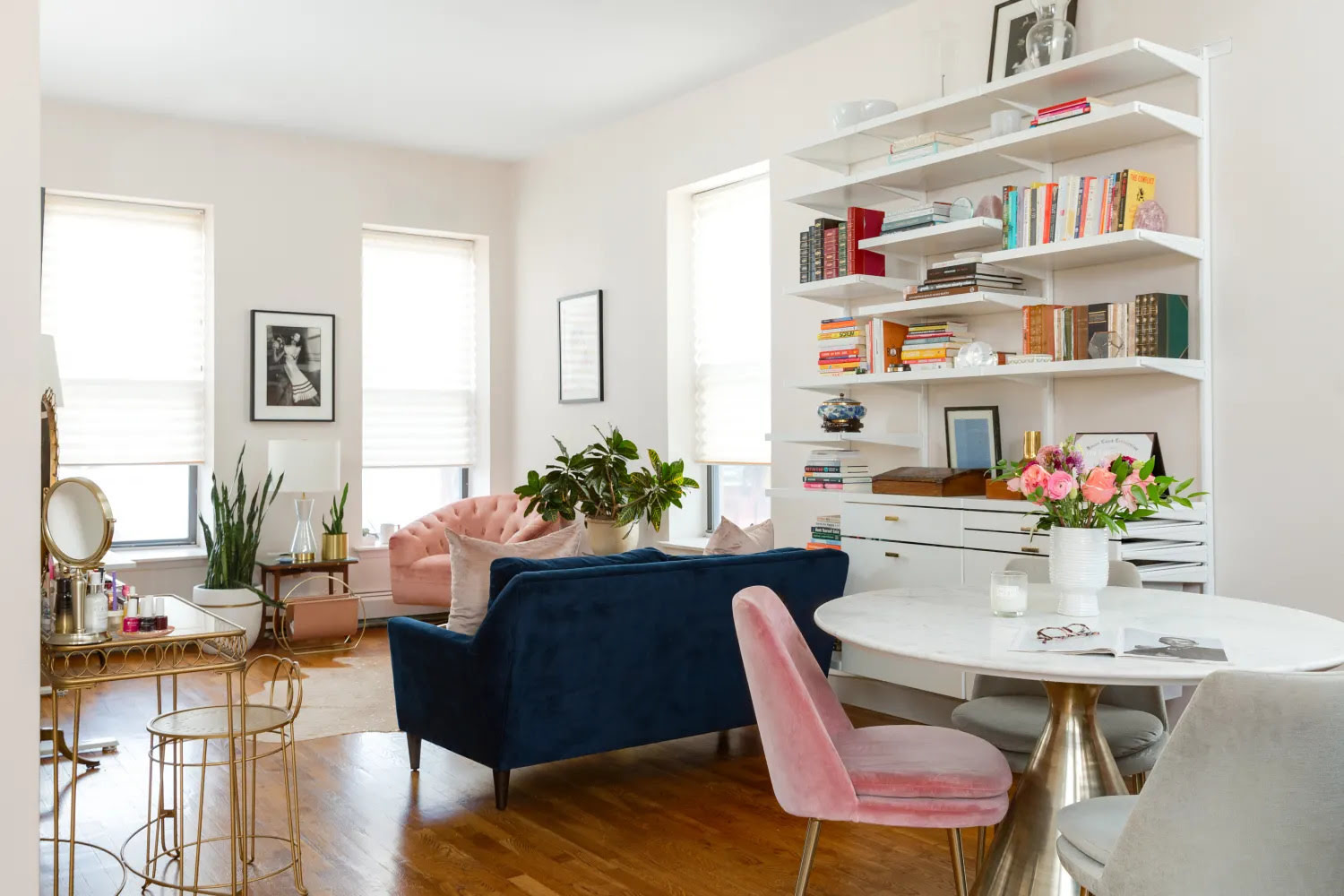
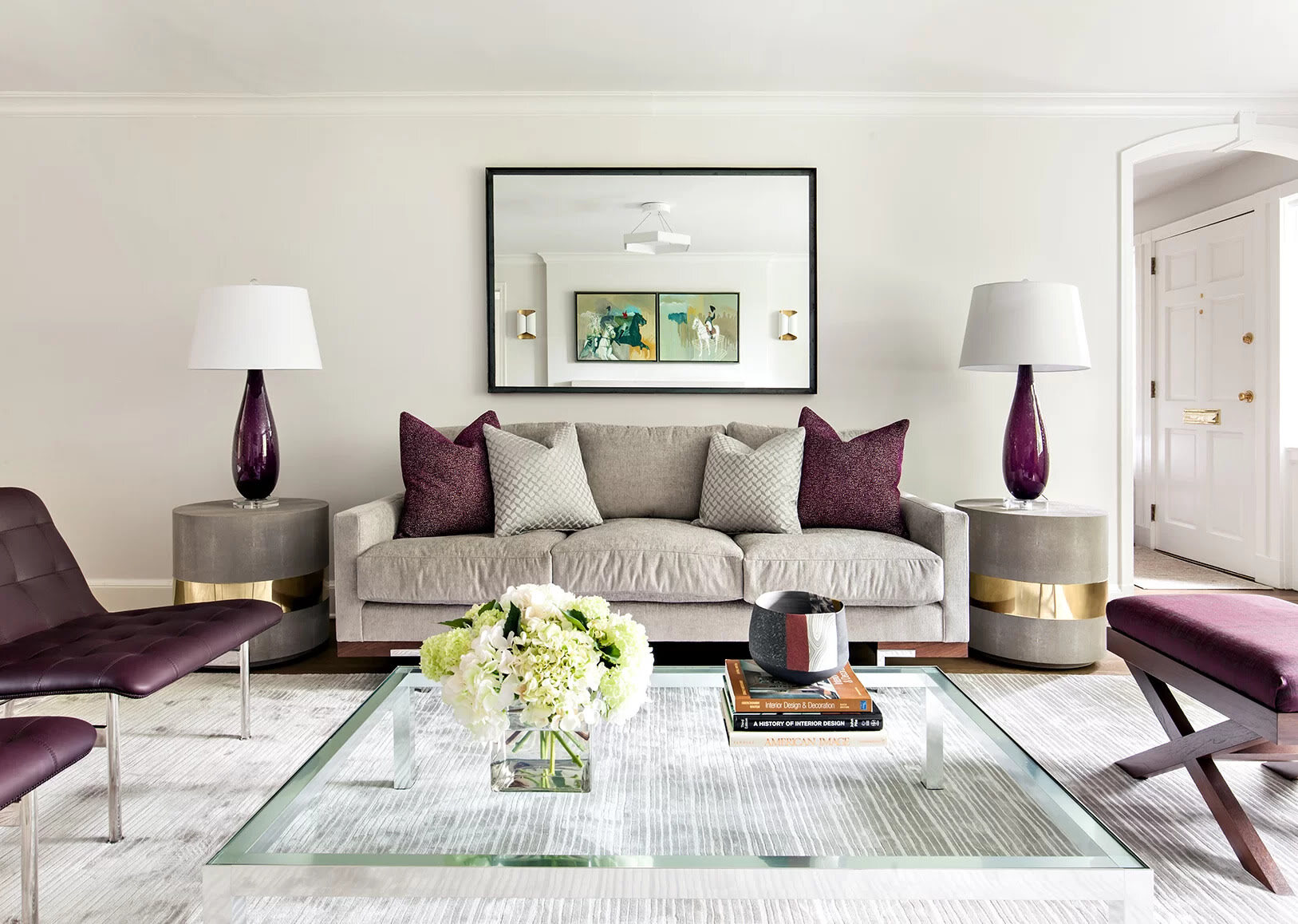
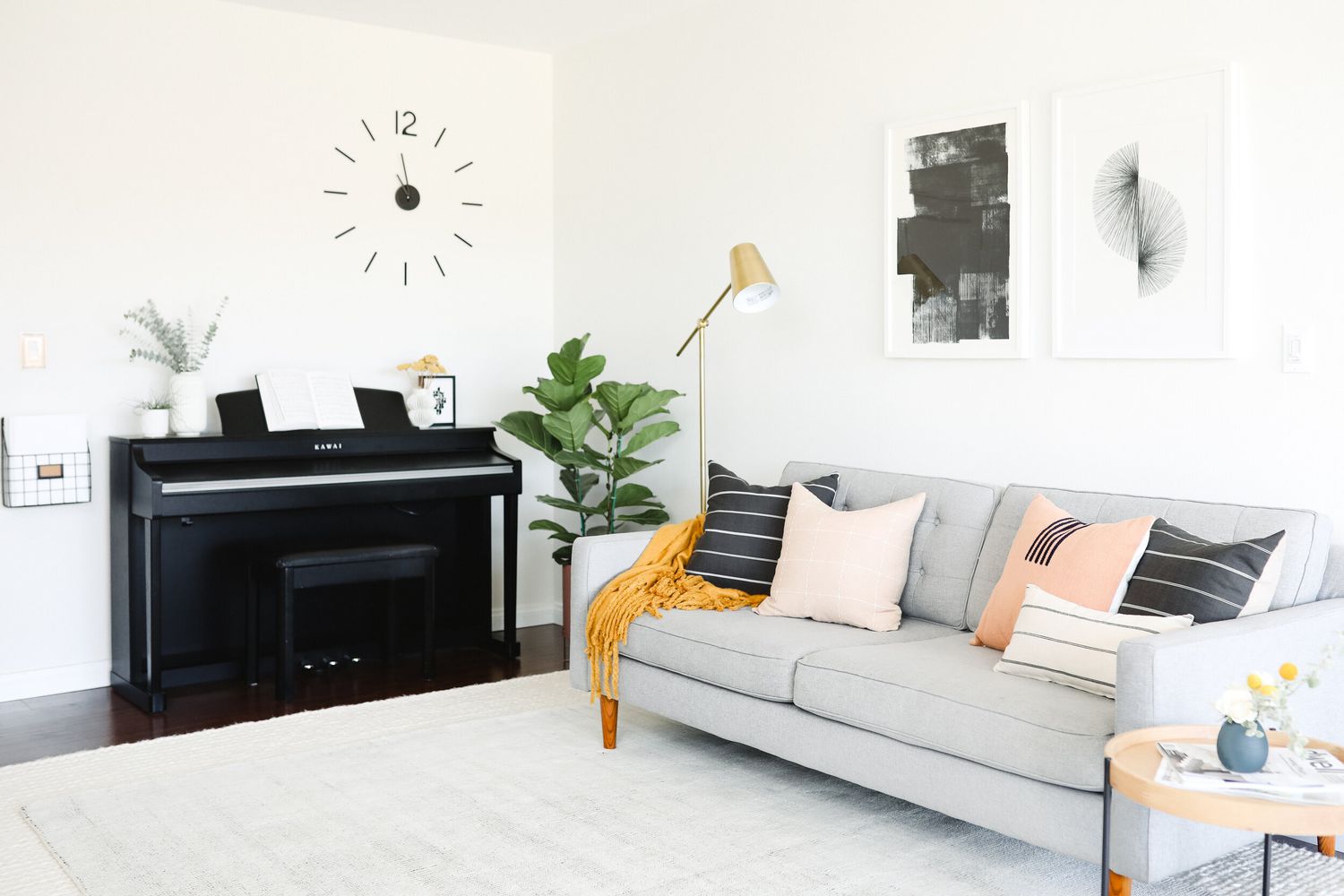
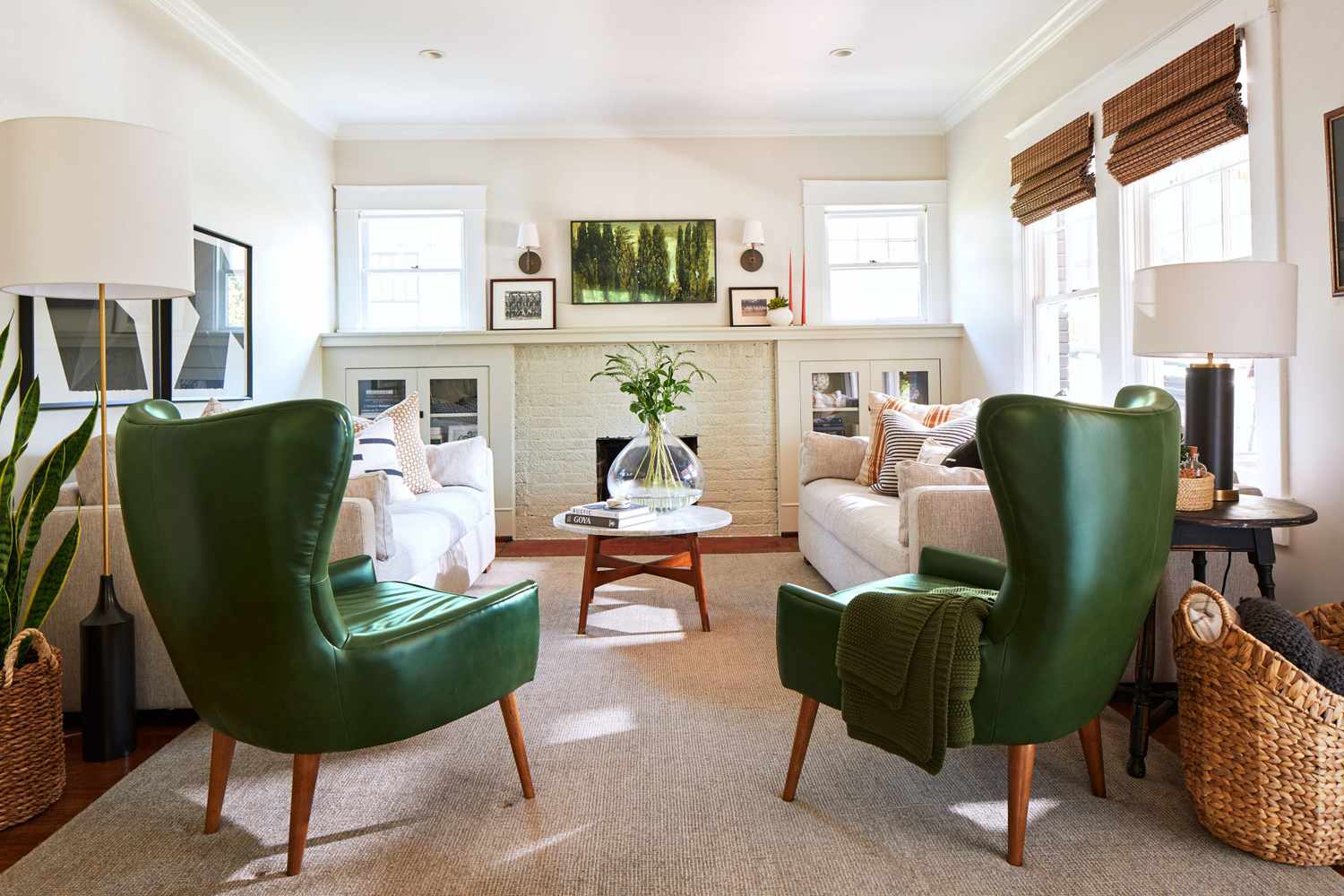
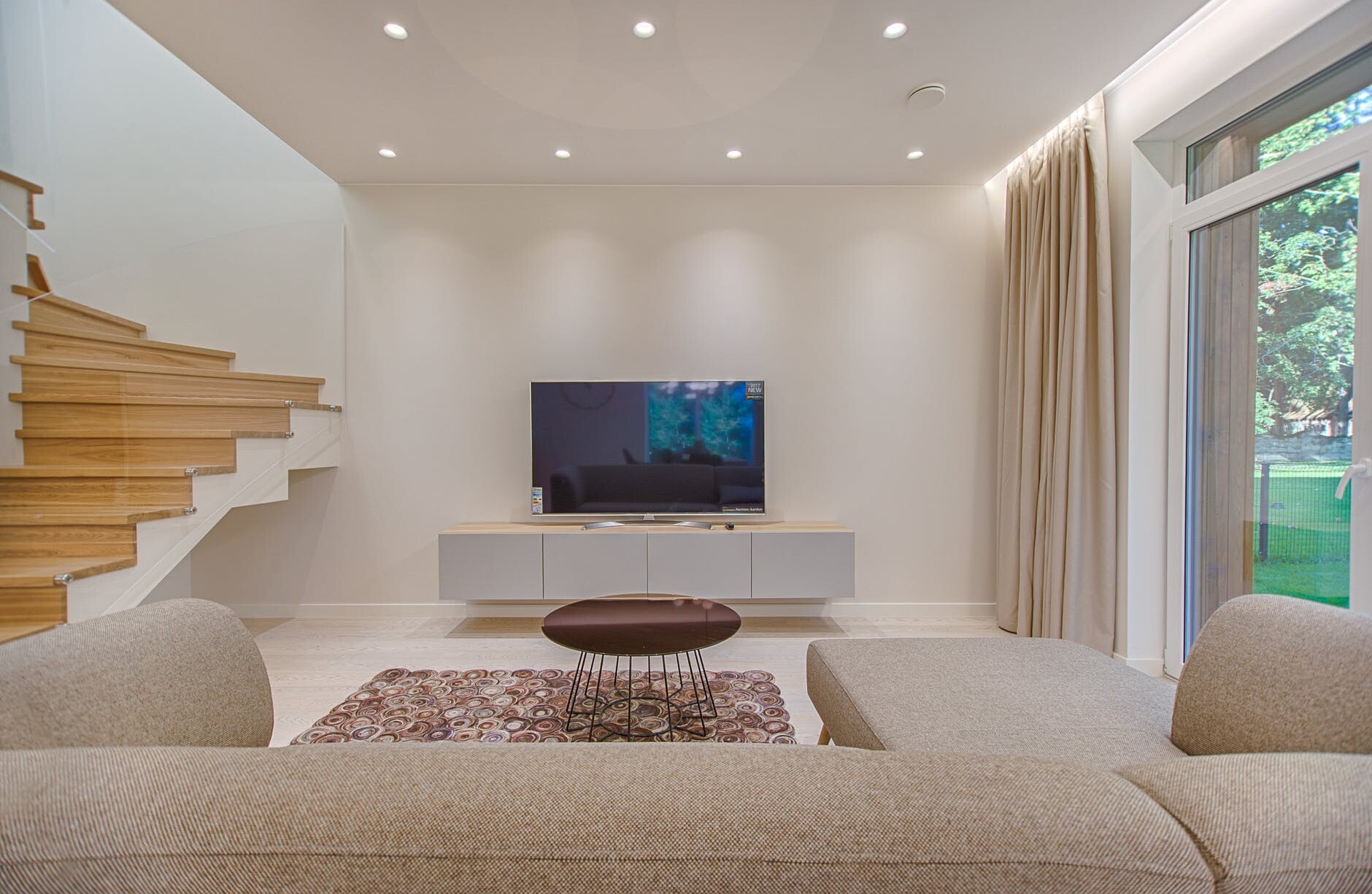
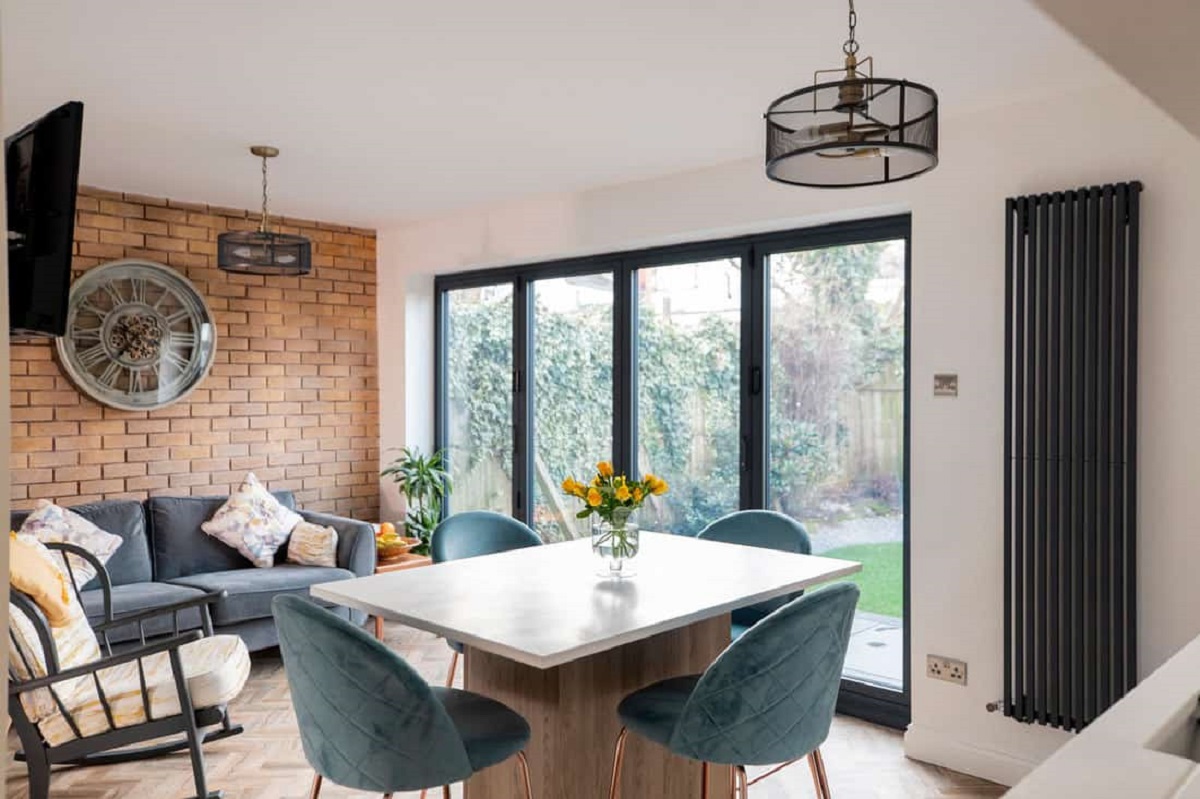
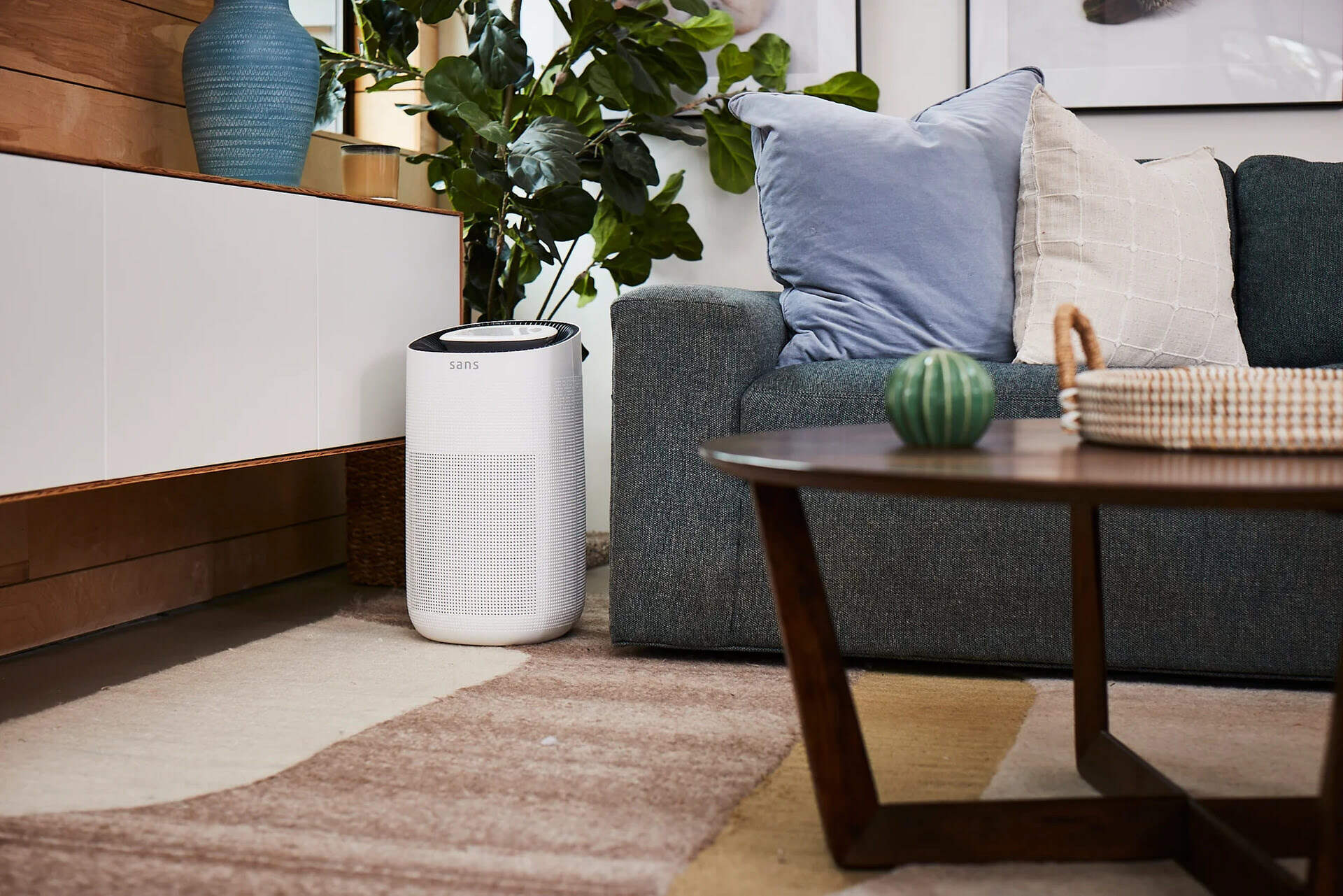
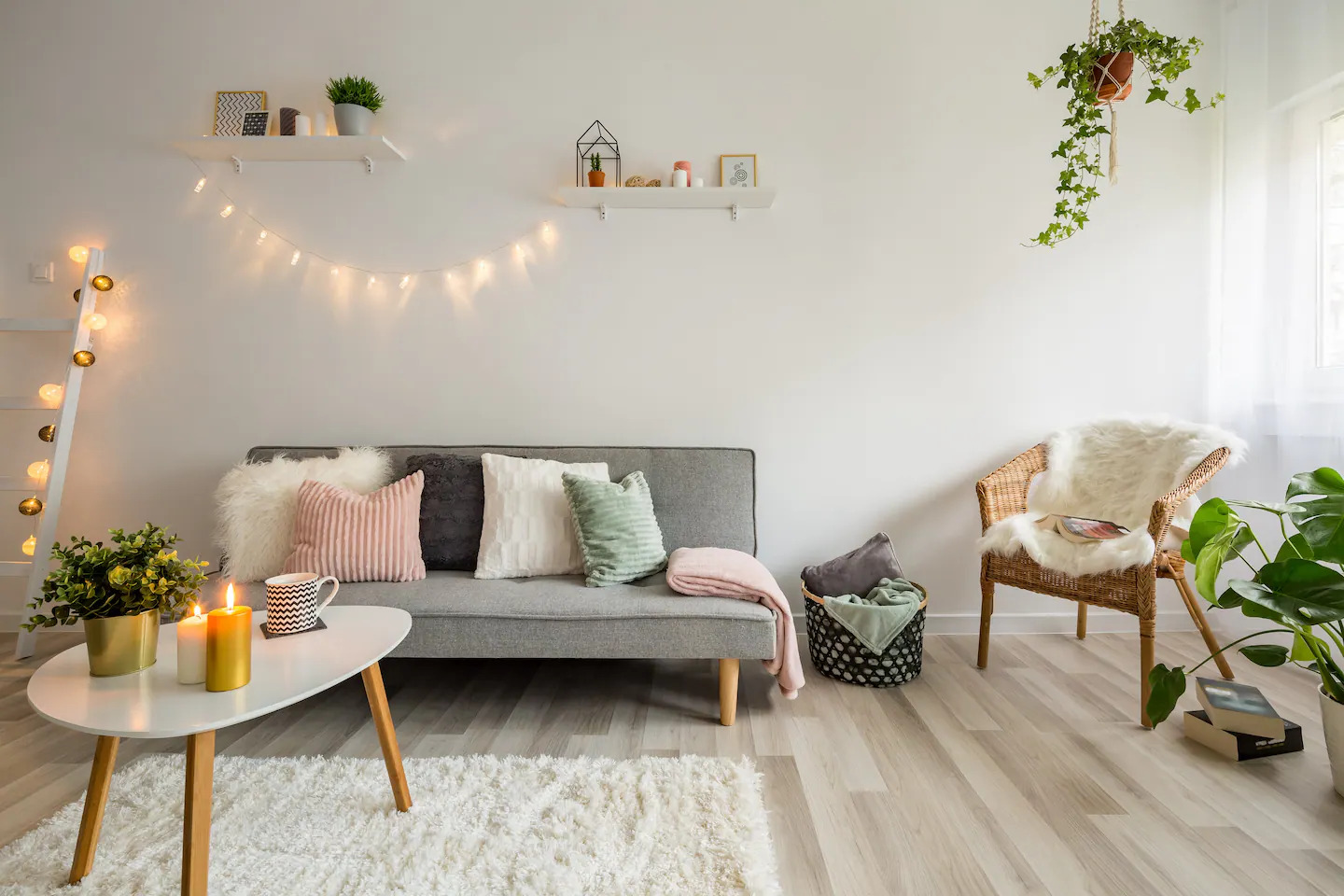
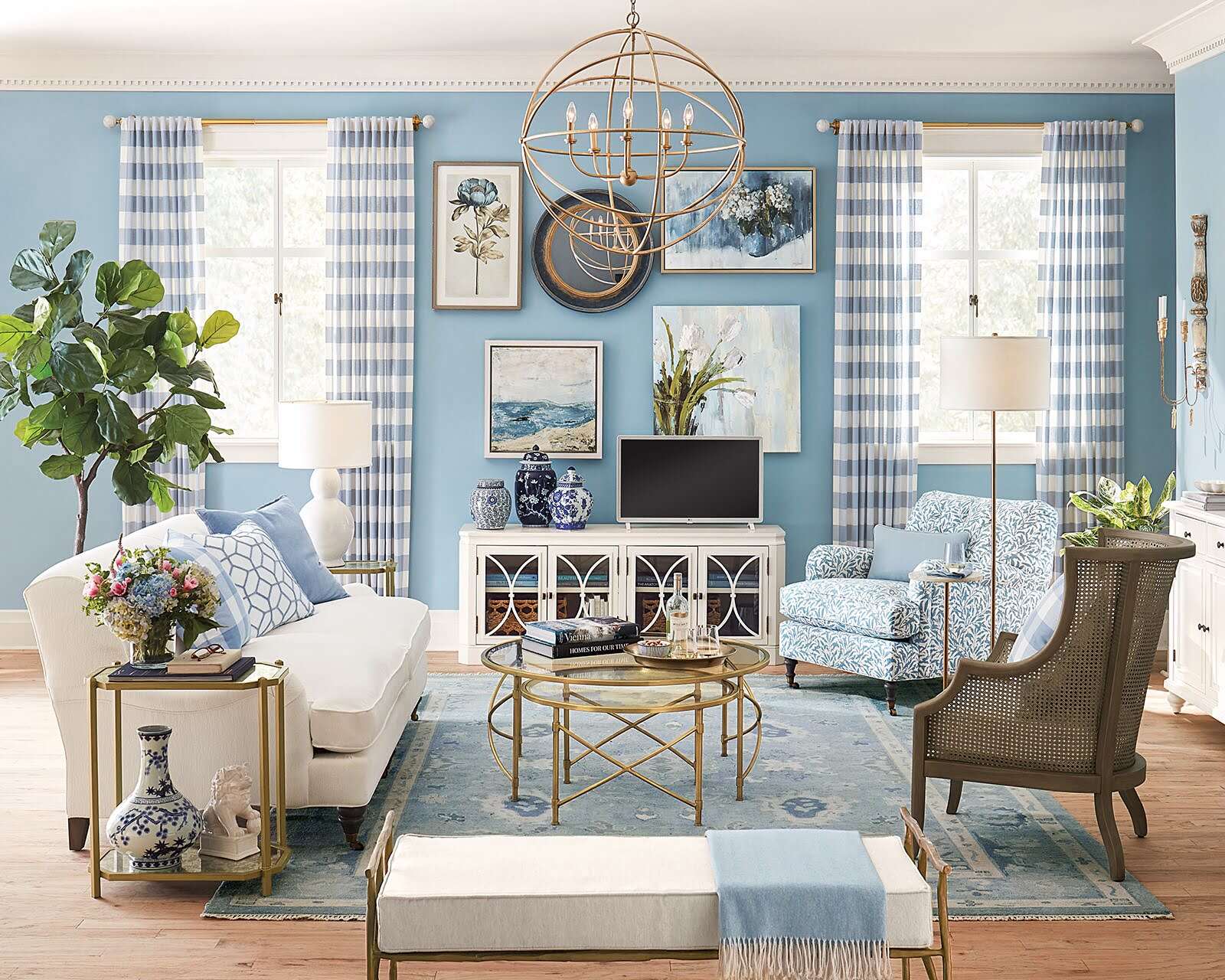
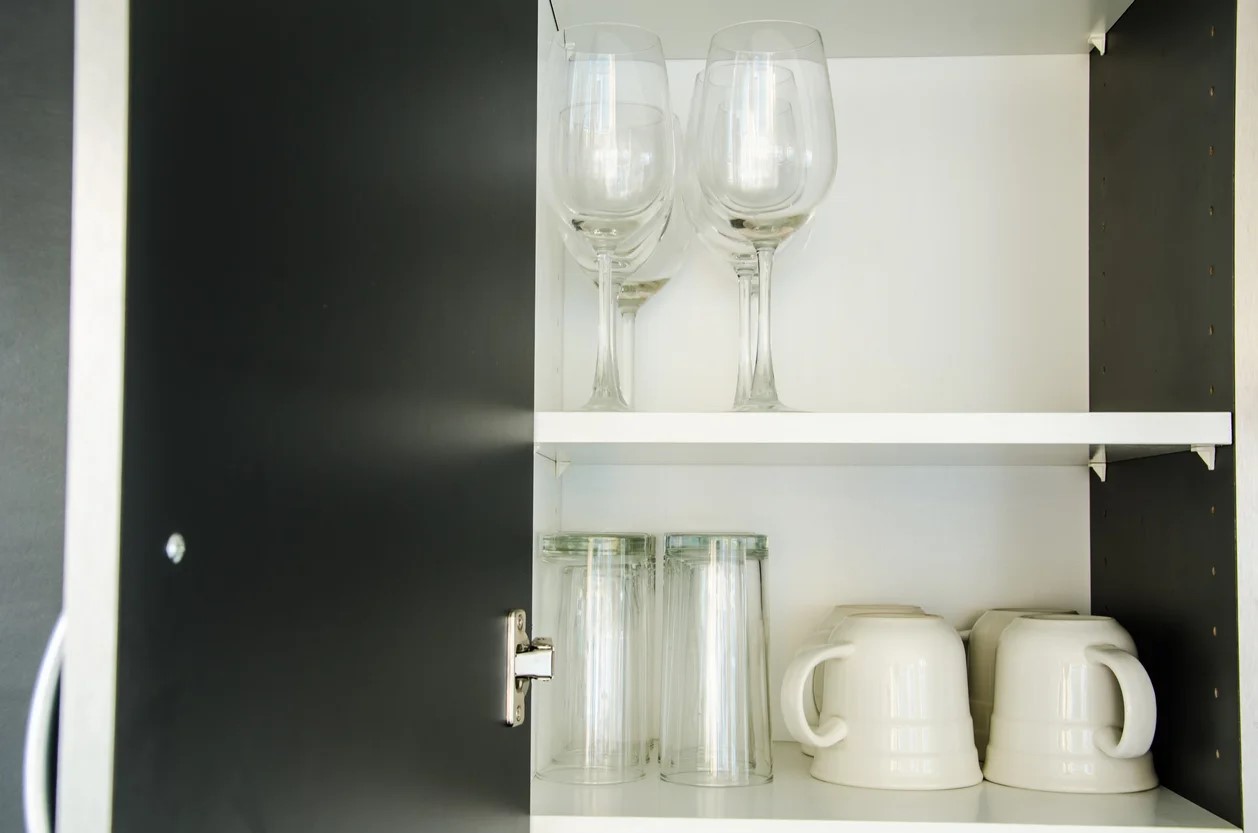


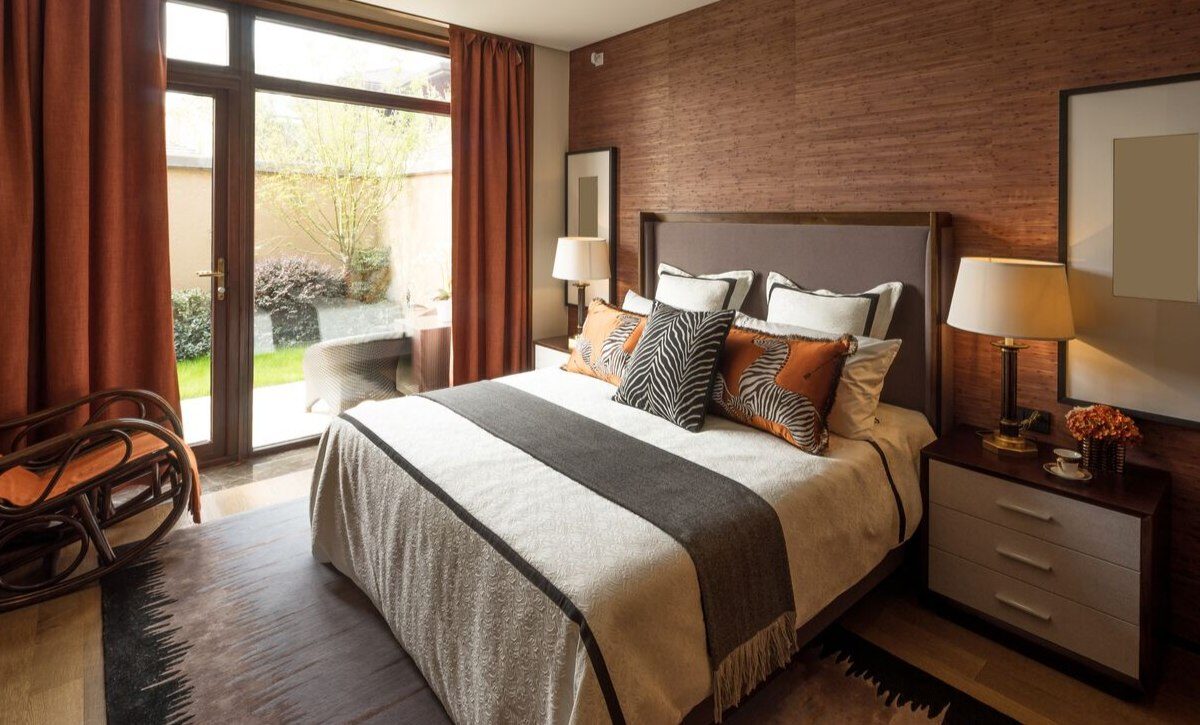
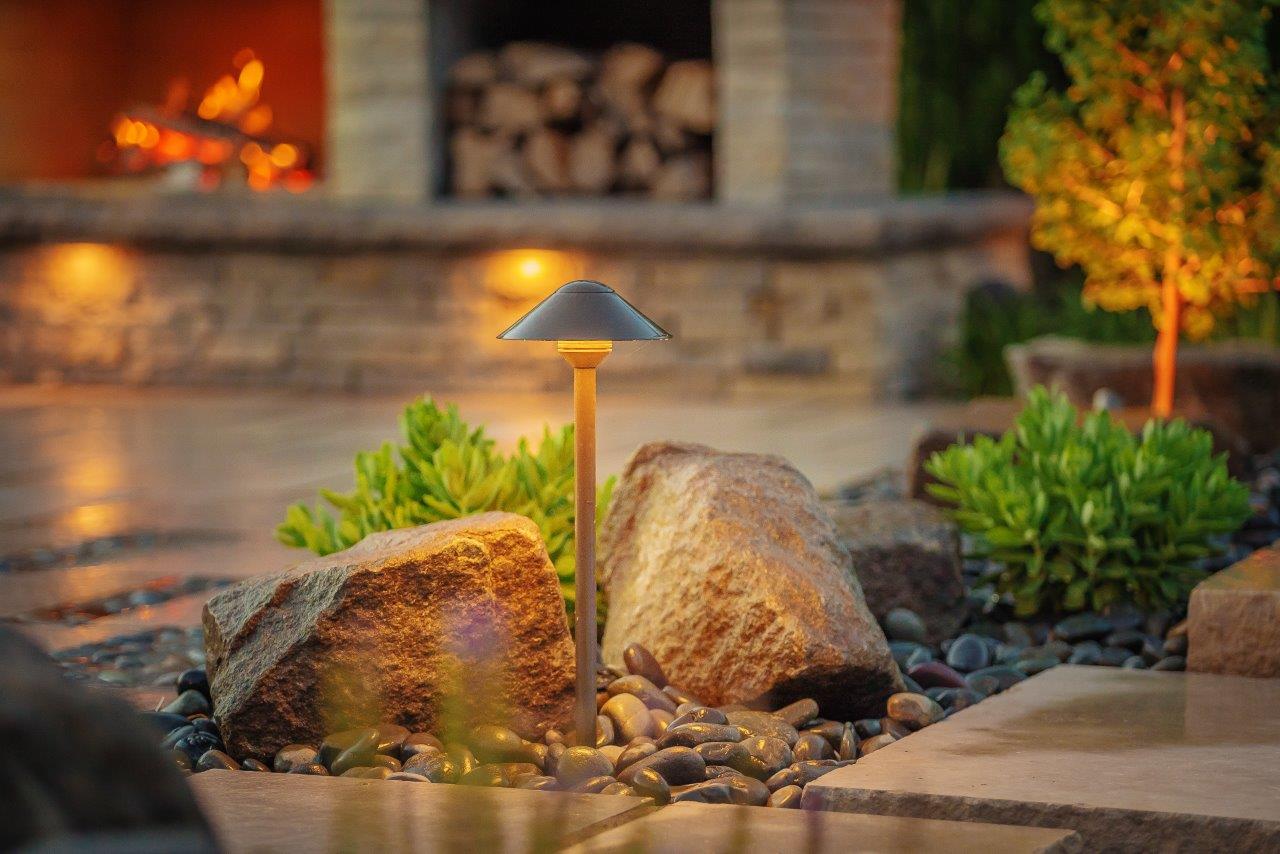

0 thoughts on “Where Should Wall Lights Be Placed In A Living Room?”